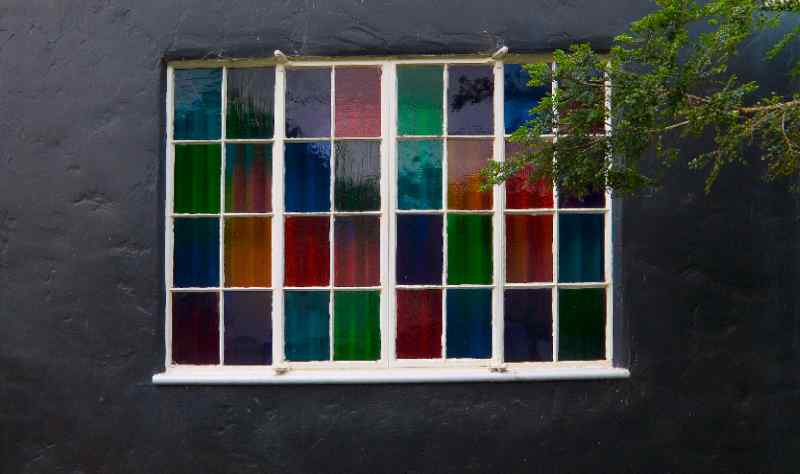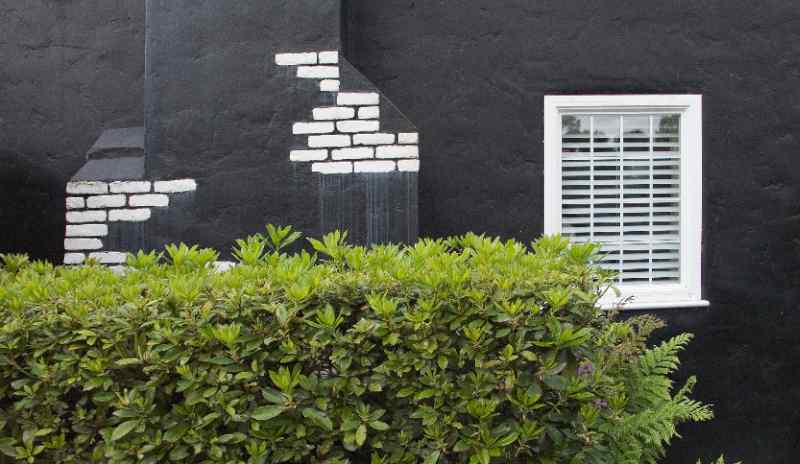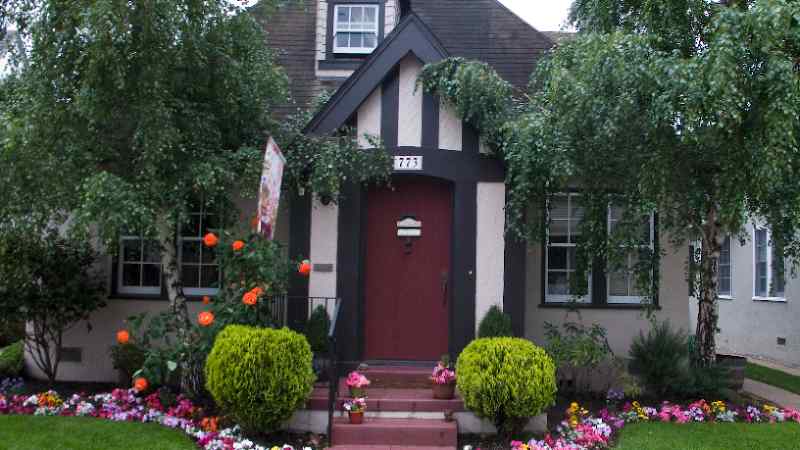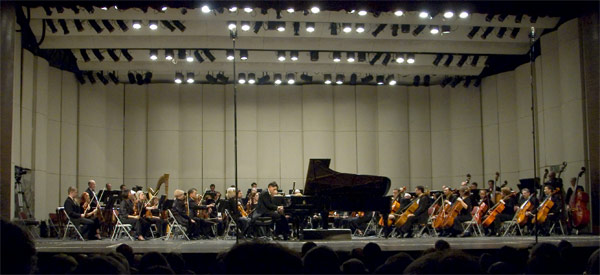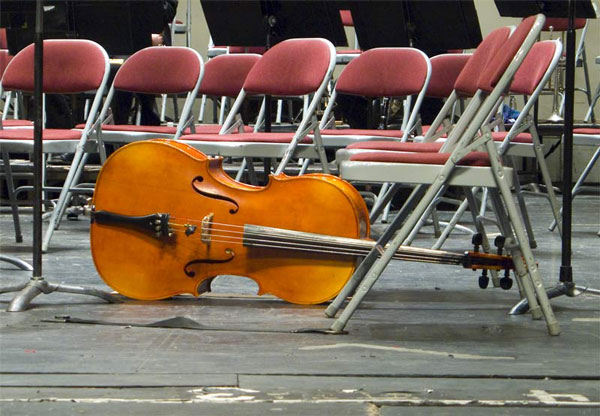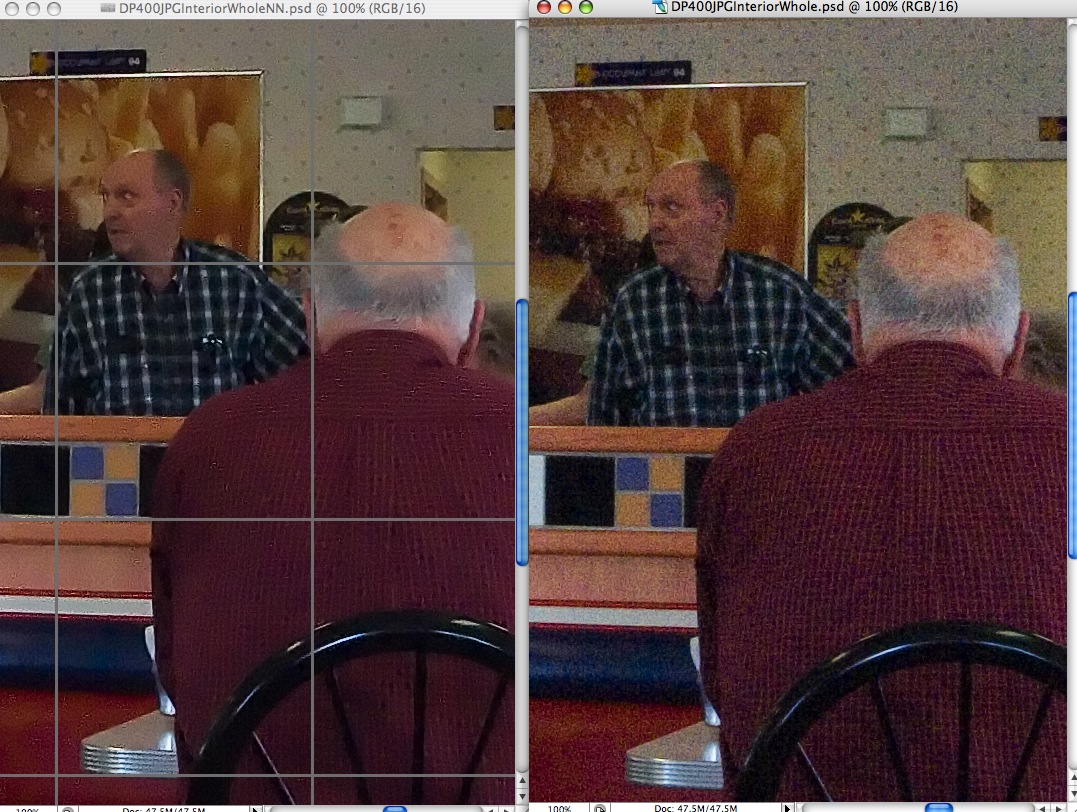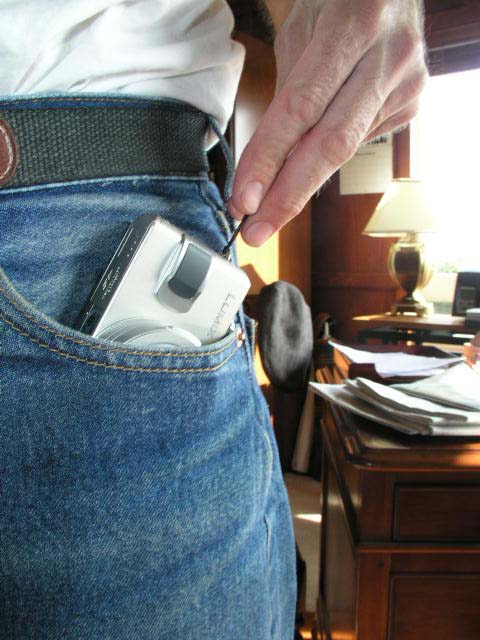Sensor noise at 400 ISO
Harley Davidson motorcycles are ridden by Real Americans who pride themselves on their rugged individuality. This means they all wear identical clothing, place piss pots on their heads – a reflection of the value of the protected part – and sport beer bellies. However, spotting one of these expensive pieces of their infatuation outside the local burger joint today, I whipped the Leica DP out of the pocket of my (rugged individualist Levi 501 Button Fly) jeans and snapped a picture of the motor with the camera set to ISO 400 – the exposure was 1/1250th second at f/4.5 using RAW.
As I mentioned in Part II, the camera automatically records a 16 mB RAW file and a medium definition JPG file, both being 3840 x 2160 pixels.
Here’s the whole image (is the Widescreen format wide or what?):
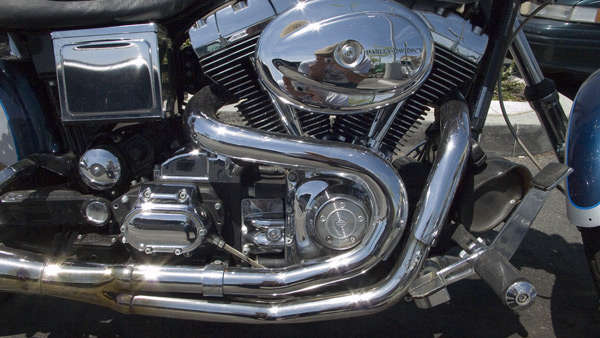
After converting the RAW variant to PSD, I created center crops from both the PSD and JPG files – the original picture is sized at 22†x 39â€.
Here’s the version from the RAW file:

And from the JPG:

The RAW file is clearly holding better detail and, strangely, the JPG has exaggerated cyan (look at the reflected sky) and is almost a stop overexposed. Applying 70/1/0 Unsharp Masking in Photoshop CS2, a process that tends to exaggerate grain, gives a very sharp RAW image with tight, smooth grain/noise with no color artifacts. (I have not included the USM versions here). A 16x print would be quite acceptable. The JPG version shows color striations in smooth areas and the general loss of definition makes the grain less visible, albeit to the overall detriment of the image. So for bright light, RAW is the choice – this was taken in full sun.
Inside the same hamburger joint, where the Harley rider could be seen perfecting his figure, matters are quite a bit different. This time the exposure, reflecting a mix of natural and fluorescent light, was 1/80th at f/4.5, once again using the RAW format and ISO 400.
Here’s the whole image:
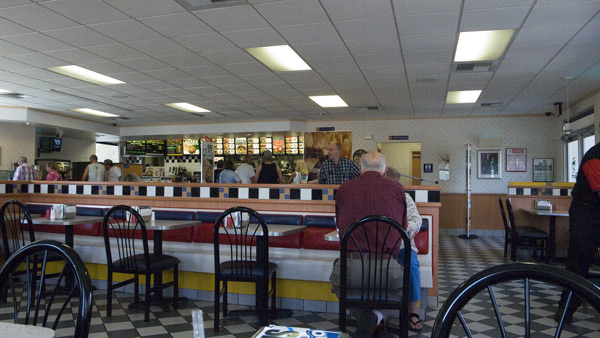
The sensor has done a fine job of color balancing and the scene looks natural.
Enlarging to actual pixels, as before, meaning a 22†x 39†print, gives the following results:
From the RAW file:
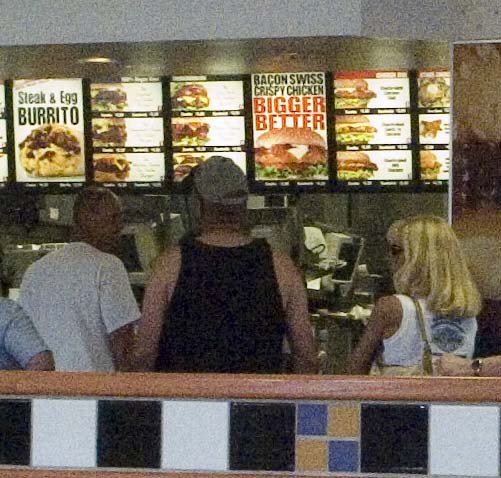
From the JPG file:

The RAW file is the sharper of the two, but displays a lot of grain – like over-processed Tri-X rated at 800 ISO. The grain is smooth but verging on intrusive. By contrast the JPG image appears much better, grain is blurred (as before) at some cost in sharpness, but the image is much more pleasant to look at.
After applying 70/1/0 USM on both, the results look like this:
From the RAW file:

From the JPG file:

The JPG is much better; at this point the grain in the RAW versions becomes objectionable.
Bear in mind these results are at a huge print size – 22†x 39â€. Scale that back to a 16†x 20†print, after lopping off the sides to fit and you have a decent result, with grain visible but well controlled in the JPG file. While I have yet to try it, the highest quality JPG setting should further reduce the barely visible color artifacts at this print size.
So the Leica DP needs a bit of care in low light situations at ISO 400 to produce the best results. As ACR cannot get rid of the grain in the RAW original, I would opt for highest quality JPG (which gives over 230 images on a 1gB card!) and then use USM in Photoshop for the best results. In bright sun it’s RAW all the way and there’s little grain to worry about. All of this suggests that the DP’s sensor begins to struggle in low light at ISO 400, and it’s certainly no Canon. In the wonderful EOS 5D, the ISO setting is just a ‘crank it up to whatever you need’ control, at least up to ISO 800, yielding superbly grain free results in all light situations.
Then again, you cannot stick the 5D in your genuine, macho, Levi 501 Button Fly jeans, and will never be able to use Cleavon Little’s great line from Mel Brooks’s Blazing Saddles: “Excuse me, ladies, while I whip this outâ€.
More seriously, it seems to me that the circle from Leica rangefinder film camera + Medium Format film camera, representing the speed and quality ends of the spectrum, to their digital equivalents – the Leica DP and the Canon EOS 5D, has now been closed. The Leica DP compares well with the Leica M, offering small size, unobtrusive operation and good print quality, but limited when it comes to huge enlargements. The Canon EOS 5D equals or betters medium format film with far greater operational convenience and is the tool of choice when the very best results are called for.
More on sensor noise in Part V.
